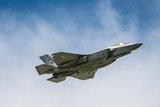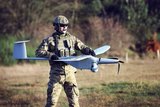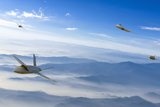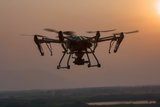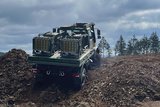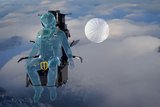Introducing a Game-Changer to NATO’s New Security Environment
This article is brought to you by Bell Textron
As NATO marks its 75thanniversary in Washington D.C. this month, it’s remarkable how much has changed over NATO’s existence. Today, NATO’s transformed geography and membership, as well as Russia’s war on Ukraine, are forcing a reevaluation of how the alliance fights and the capabilities needed to win.
For 40 years, NATO faced down the armies of the Warsaw Pact at the narrow Fulda Gap in the heart of what is now a unified Germany. Many of the enduring platforms still in use today were optimized for that scenario.
Given Russia’s actions in Ukraine, and the accession of Sweden and Finland into the NATO alliance, the geography along the frontiers of the alliance are dramatically altered.
From the Arctic to the Kaliningrad exclave, to the Black and Mediterranean Seas, there are numerous potential battle lines. Finland alone adds 800km of border to protect.
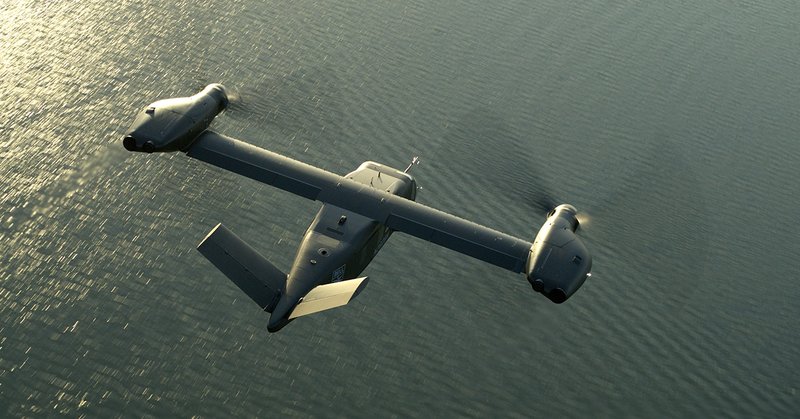
This new geographic diversity requires adaptable and versatile capabilities that can operate at distance, from a position of relative sanctuary from long-range precision strike munitions.
Those capabilities are needed to respond quickly to crisis all along NATO’s expansive eastern border. In the context of air-maneuver, this requires increased range and speed to cover such distances effectively when required to carry out specific operations.
Putting a priority on such capabilities, the U.S. Army is developing an aircraft with Bell that will double the range and speed of its enduring assault fleet of aircraft.
In the coming years, U.S. Army air assault will be transformed as future long range assault aircraft (FLRAA) come online. As the Army adapts to the speed and range the new technology provides, it will leverage those capabilities to develop new tactics and concepts of maneuver.
The ability to double the range and double the speed of conventional rotorcraft is a game changer for the challenges on the European continent. That said however, it could create a capability gap between the U.S. military and their NATO allies.
“If you don't bring in advanced, disruptive capabilities, you're rearranging pieces on a chessboard. NATO and its allies must modernize the force and prepare to fight the next large-scale conflict. It’s time for a marked revolution in maneuver capability,” commented Major General (U.S. Army Ret.) Jeffrey Schloesser, former commanding general of the 101st Airborne Division.
NATO has taken note of how much has changed – both new threats and the technological innovations available to deal with those threats. This is evidenced by the fact that NATO has embarked on the Next Generation Rotorcraft Capability (NGRC) program.
The future battlefield requires greater dispersion of forces, bringing a new challenge of distributing forces without losing the ability to mass combat force on an objective.
“One of the biggest challenges in large scale combat operations, is how to do large scale command and control while resupplying dispersed forces. Logistics is a problem when you have a standoff of modern weapon systems. We have learned from enduring conflicts with tight borders, like the Ukraine conflict, that the ability to resupply and reinforce the force rapidly is a key component to success. Forces now require relative sanctuary; and payload with survivable speed at range is a game changer for the joint force to sustain operations in distributed environments,” said Schloesser.
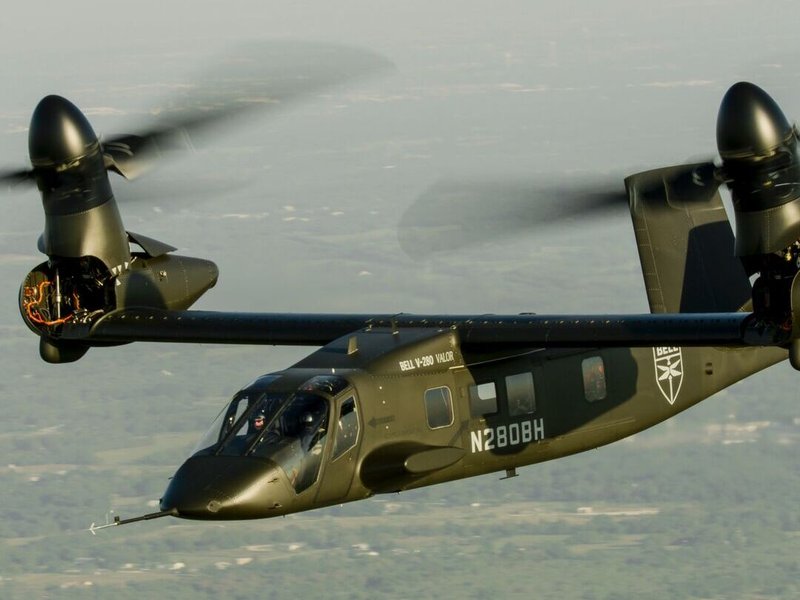
The NGRC is evidence that NATO sees the need for new capabilities – particularly enhanced speed and range – to meet their tactical and strategic challenges. They must be able to operate from secure locations, yet maintain the operational and tactical capacity to deter and defeat threats.
Speed, range and maneuverability are critical for the NGRC and for future NATO operations.
“No one asks for less speed in a fight,” said Schloesser. “Speed is always a discriminator. Speed enables reaction, speed increases survivability, speed and range enables longer-range logistical support, and the ability to support more dispersed forces. FLRAA’s innovative technology is the solution that allows you to distribute forces without losing the ability to mass combat forces on an objective.”
NATO must update the technologies, equipping the soldier with the currency of new modern technologies to keep a competitive edge over our adversaries or potential adversaries across the world.
Bell is working hard assist NATO in countering new threats with the speed, range, maneuverability and deterrent lethality it needs to maintain peace.
More from Industry Spotlights
-
![The future is here: Sixth-gen air dominance]()
The future is here: Sixth-gen air dominance
How RTX is equipping the military airspace – for today’s fleet and tomorrow’s fight.
-
![De-Risking the Future: Manufacturing Certainty for Unmanned Systems]()
De-Risking the Future: Manufacturing Certainty for Unmanned Systems
How strategic manufacturing partnership solves the industrialisation triad — Scale, Compliance and Cost — for hyper-growth defence tech innovators.
-
![Battlefield mobility, made in the UK]()
Battlefield mobility, made in the UK
How does Britain ensure that we can preserve the lives of our soldiers and allies – now and in the future – with homegrown innovation and resilient domestic manufacturing? At Pearson Engineering, we are proud to be a central part of the answer to this increasingly important question.
-
![Strengthening Baltic defence capabilities]()
Strengthening Baltic defence capabilities
How Latvia is bolstering its territorial defences, industrial capacity and international cooperation with Dynamit Nobel Defence’s SKORPION2 Remote Mining System.
-
![Barco’s vision to trust: from past to future]()
Barco’s vision to trust: from past to future
Barco’s story is one of constant evolution enabling more immersive, reliable, and future-ready training experiences.
-
![How are next-generation ejection seats helping pilots when they need it most?]()
How are next-generation ejection seats helping pilots when they need it most?
The ACES 5 ejection seat from RTX’s Collins Aerospace introduces new, innovative and patented technologies to help save lives.








